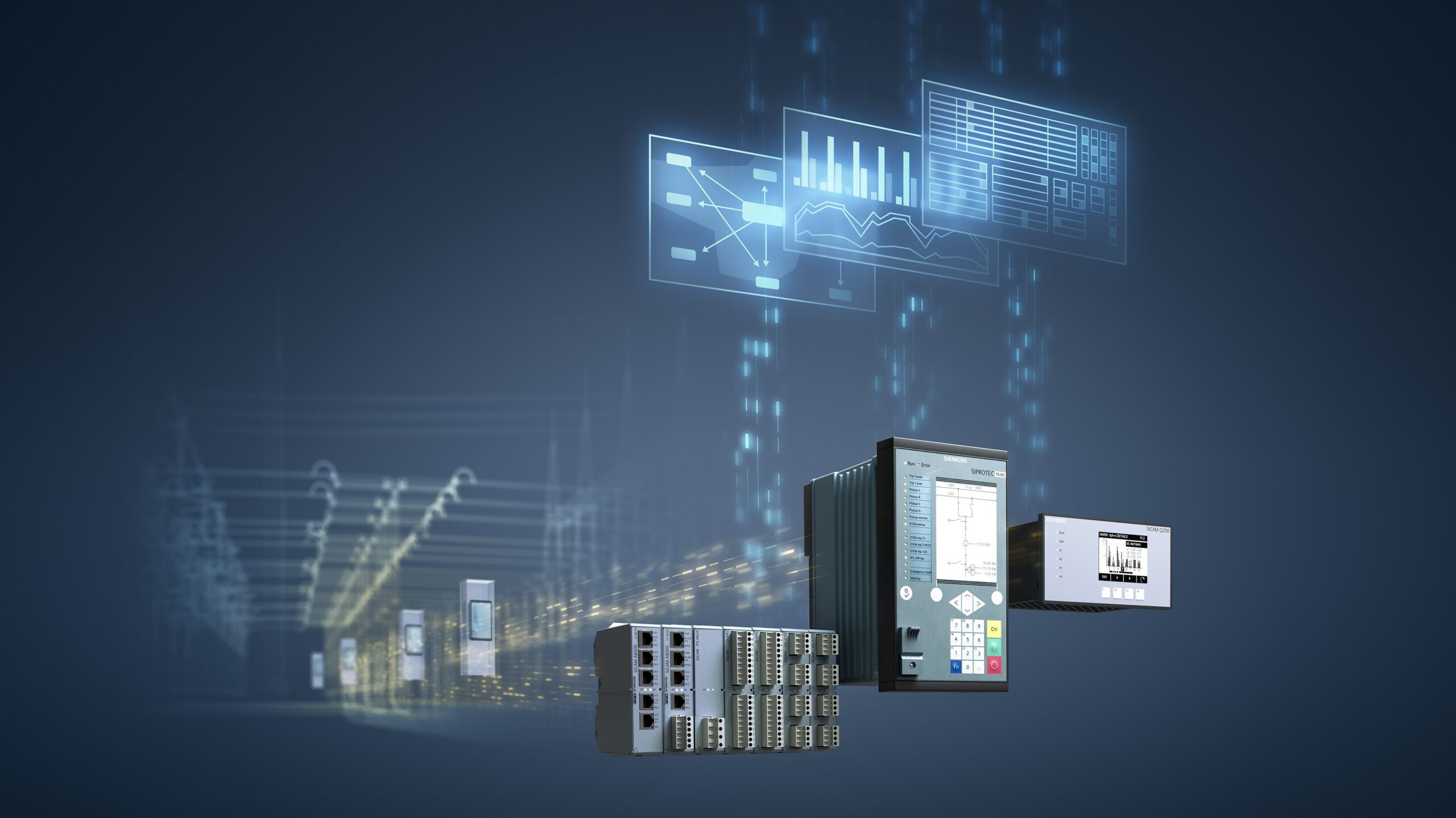The global energy landscape is evolving at a remarkable pace, with increasing reliance on renewables, growing demand for electricity, and the urgent need to reduce carbon emissions. Traditional grids are struggling to keep pace with these changes, often resulting in inefficiencies and reliability challenges.
The shift toward smarter, more resilient systems is no longer optional; it is essential for both utilities and industries. This is where energy automation for sustainable power distribution becomes a key driver, offering the intelligence and adaptability needed to modernize grids while ensuring efficiency and sustainability.
What Makes Energy Automation Essential?
The rise in renewable energy sources, distributed generation, and electrification of transport has added complexity to the grid. Conventional methods of monitoring and distribution are no longer enough to handle fluctuating demand and unpredictable supply.
Energy automation integrates sensors, analytics, and advanced control technologies to manage these complexities. It ensures seamless power flow, quick identification of faults, and resource optimization, all while supporting sustainability goals.
Driving Grid Intelligence Through Automation
Energy automation is at the heart of modernizing power distribution systems. It allows utilities to monitor real-time performance, predict issues before they occur, and dynamically balance loads. Intelligent devices and automation software provide actionable insights that help operators make faster, data-driven decisions.
By reducing manual interventions, the grid becomes more agile and responsive. This level of intelligence enables utilities to prevent blackouts, improve reliability, and ensure uninterrupted service even during periods of peak demand.
Supporting Sustainable Power Distribution
Sustainability is no longer an option but a necessity for the energy sector. Energy automation plays a crucial role in integrating renewable energy sources, such as solar and wind, into the grid. Since these resources are variable in nature, automation systems regulate supply and demand to maintain grid stability.
Automated controls also optimize energy consumption, reduce wastage, and lower carbon emissions. The result is a greener power distribution system that aligns with both environmental and regulatory targets.
Enhancing Efficiency and Reliability
One of the biggest challenges in power distribution is energy loss during transmission and distribution. Automated systems help minimize these losses by continuously monitoring efficiency levels and adjusting operations in real time.
Energy automation also enhances reliability by quickly isolating faults, rerouting power, and restoring supply with minimal downtime. These capabilities improve service quality for consumers and reduce costs for utilities.
Enabling Predictive Maintenance
Maintenance is essential to keep power infrastructure functioning smoothly, but traditional reactive approaches often lead to downtime and higher costs. Energy automation changes this by supporting predictive maintenance.
Through continuous monitoring of equipment health and performance, it identifies early signs of wear or malfunction. Utilities can then schedule maintenance before failures occur, extending the lifespan of assets and reducing unexpected outages.
The Broader Impact Across Industries
While utilities are the primary users, energy automation also benefits industries that depend on reliable and efficient power. From manufacturing plants to data centers, businesses rely on uninterrupted electricity for daily operations. Automated systems provide these industries with a consistent supply, improved energy efficiency, and reduced operational risks. This creates a competitive edge while supporting sustainability goals.
Future Outlook for Energy Automation
The future of smart grids will be shaped by the convergence of energy automation with emerging technologies, including artificial intelligence, machine learning, and cloud-based platforms.
These integrations will take grid intelligence to new levels, enabling autonomous decision-making and greater adaptability. As energy systems continue to evolve, automation will play a central role in building a resilient, sustainable, and consumer-centric power ecosystem.
Building Smarter, Greener Grids with Energy Automation
Energy automation is revolutionizing the way power is produced, distributed, and consumed. It empowers utilities and industries to improve efficiency, enhance reliability, and support the transition toward sustainable energy systems.
By partnering with reputable technology providers, organizations can implement advanced automation solutions that deliver long-term value and benefits. The future of energy lies in intelligent, automated grids that strike a balance between resilience and sustainability, ensuring smarter and cleaner power for future generations.

































